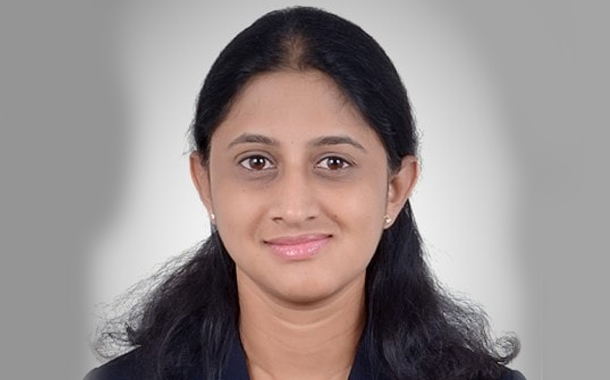We are living in an age where mobile applications empower businesses as well as individuals on various aspects of our day to day activities. The app market is growing exponentially with smartphones outnumbering the PCs. Thousands of mobile apps are getting released in the market to make our personal as well as professional life easier than before. Gartner says, “By the end of the year 2017, market demand for mobile app development services will grow at least five times faster than internal IT organizations’ capacity to deliver them. Mobile phone sales will reach 2.1 billion units by 2019, which will fuel demand for apps in the enterprise that meet the high performance and usability of consumer apps”. The supernova effect of the mobile apps is creating ripples in multiple industry segments including e-commerce.
Currently, the mobile can act as an e- commerce enabler, a digital wallet and a socialization platform for the users. Many of the successful players in the e-commerce industry are transforming their presence into a mobile only space, to reap the advantages of the app effect. The m-commerce world is bringing in a virtual market place, where consumers will get a whole gamut of shopping options. The question is how this will evolve and what’s coming next.
From this mobile and apps ruling digital environment, we are progressively striding into a world of interconnected devices. So, let us imagine how a day would look like in 2025 when internet and connected devices will become deeply embedded in our life.
The sensor embedded devices that we wear like our finger ring will become an indispensable part of our day to day life and it will hold the potential to revolutionize human interactions on all walks of life.
These wearable devices will be guiding us through our daily activities starting from waking up by a personalized auto alarm in the form of a tiny ear piece. The mirror will identify if we are unwell or have fever, our shoes will suggest the speed and rhythm of our exercise, and the wardrobe will advise on what we need to wear, the smart kitchen bowl will suggest the personalized calorie based breakfast menu we are to eat, the medical kit reminds us what medicines we need to take and so on. For each single activity in our life we do, the sensor embedded and connected devices will have an influence in one way or the other. The devices at our fingers or implanted in our body stamp our identity and will enable secure financial transactions for us. We will become far more knowledgeable about the outcome of our own actions and will take initiatives to make corrections logically on time.
In the business front, the greatest paradigm shift will be from the current destination based solutions to ecosystem based solutions. Banking as a physical entity will become obsolete very soon and digital wallets will fully replace cash as an entity.
By transforming both the personal and business aspects of our everyday lives, the relation between man and device may become more of an emotionally oriented one. These sensor devices will become our constant companions or personal assistants and communication devices.
The greatest enablers for this change will be the ‘consumer pull’ rather than the ‘enterprise push’. Every solution will be designed around the need of the consumer. Apart from this, devices and solutions will be aggregated into ecosystems instead of stand-alone entities providing separate solutions. The Big Data life-cycle, starting from data aggregation, indexing, analyzing and finally churning out data insights will become more individual – centric rather than business- centric.
The whole concept of the business will see a shift to human centric from technology or business centric. Everything will be in a service model and consumers can access the ecosystem for the solutions. A marketer’s role will be largely in reimagining and redefining the customer experience. How effectively a company or its solution can fulfill the aspirations of a customer is the thing that matters in future. Next gen marketers have to become ‘story tellers’ and have to state the scenarios and build an emotional rapport with the customer and the product or the service. The ‘marketing of experiences’ will be the game changer, in a decade.
On the flipside, there is also a darker side of these technological advancements that need to be explored. As many of the devices that we use on a daily basis get interconnected and start to communicate with each other and manage our activities, protecting our personal privacy and public safety from intrusions or interferences from these intelligent devices is a big challenge. The missing of an anti-virus update or a security breach can create far and wide implications in the crucial personal, professional, financial and health care information in our life. You can think about how scary it will be if our privacy or even our freewill itself is at stake. We have to figure out efficient ways, which allows technology to meet our requirements without compromising our privacy and security. It is high time to think about optimizing the current infrastructure security measures to meet the future IoT security needs or figure out new and improved security measures for the IoT world itself.
Exciting times are upon us. It’s about time we make plans to leverage the benefits of technology for a more connected and communicative world.




